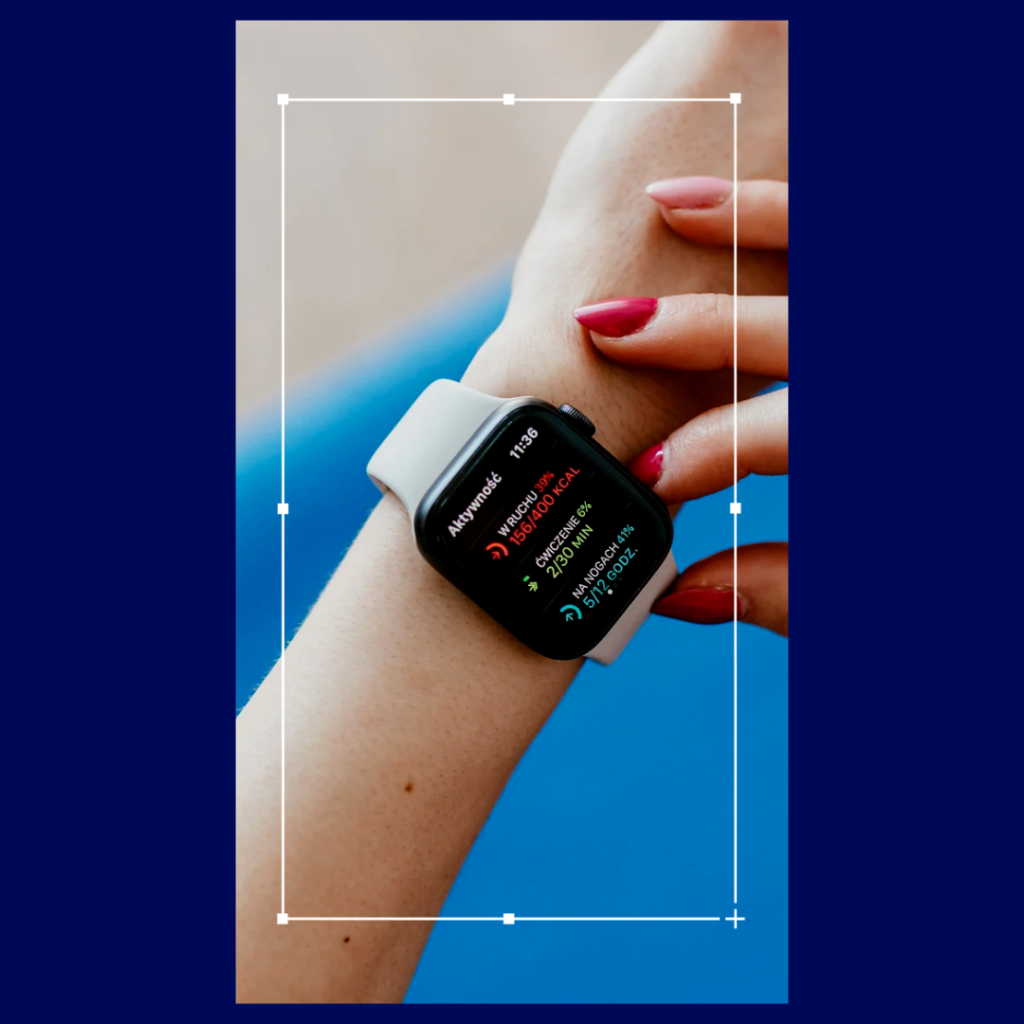Can an Apple Watch Tell Sleep Apnea?
Sleep apnea is a serious condition where breathing repeatedly stops and starts during sleep, potentially leading to numerous health complications, including cardiovascular problems, high blood pressure, and excessive daytime sleepiness. Given its serious nature, effective diagnosis and management are crucial. With the rise of wearable technology, many people wonder if devices like the Apple Watch can help identify or monitor sleep apnea. So, can an Apple Watch really detect sleep apnea?

1. Understanding Sleep Apnea
Before diving into the capabilities of the Apple Watch, it’s important to understand sleep apnea. The condition is characterized by repeated interruptions in breathing during sleep. These interruptions can last for a few seconds to minutes and may occur dozens or even hundreds of times throughout the night. There are different types of sleep apnea, with obstructive sleep apnea (OSA) being the most common.
Typical symptoms of sleep apnea include loud snoring, choking or gasping during sleep, excessive daytime sleepiness, and difficulty concentrating. Diagnosing sleep apnea typically involves a sleep study, either conducted in a sleep clinic or with a home sleep apnea test.
2. Apple Watch’s Sleep Tracking Features
The Apple Watch is well-regarded for its health and fitness tracking capabilities, including its sleep tracking features. The watch can monitor various metrics related to sleep, such as sleep duration, sleep stages, heart rate, and blood oxygen levels.
The Apple Watch Series 6 and later models come equipped with a blood oxygen sensor that measures the level of oxygen in the blood. This feature, known as SpO2, can be particularly relevant because one of the complications of sleep apnea is low blood oxygen levels. By monitoring SpO2 levels, the Apple Watch can provide insights into your overall oxygen saturation during sleep.
3. How Apple Watch Measures Sleep Metrics
The Apple Watch uses a combination of sensors to track sleep. These include an accelerometer to detect movement, a heart rate sensor to monitor heart rate variability, and the aforementioned blood oxygen sensor. By analyzing these metrics, the watch provides a general overview of your sleep patterns and quality.
However, while the Apple Watch can offer valuable data on your sleep, it is not specifically designed to diagnose sleep apnea. The blood oxygen readings can indicate if your oxygen levels drop significantly, which might suggest a problem. Yet, this is not definitive proof of sleep apnea. The watch does not measure respiratory effort or the number of apneas (breathing interruptions) directly.
4. Limitations of Apple Watch in Detecting Sleep Apnea
Although the Apple Watch provides useful health insights, it has limitations in detecting sleep apnea. The device’s blood oxygen monitoring is not a substitute for a comprehensive sleep study. Apple Watch readings can be influenced by various factors, such as movement or the watch’s fit on your wrist. These factors can affect the accuracy of SpO2 measurements and might not reliably indicate sleep apnea.
Additionally, sleep apnea diagnosis typically requires detailed analysis of breathing patterns, which the Apple Watch cannot provide. Sleep studies monitor brain waves, eye movements, heart rate, and breathing patterns comprehensively to diagnose sleep apnea. This level of detail goes beyond what a smartwatch can offer.
5. When to Seek Professional Help
If you suspect you might have sleep apnea based on symptoms like loud snoring, choking or gasping at night, or excessive daytime sleepiness, it’s important to consult a healthcare professional. While the Apple Watch can provide data that might be helpful for a preliminary assessment, it cannot replace professional medical evaluation and diagnosis.
A healthcare provider can recommend appropriate testing and treatment options. This might involve a sleep study to accurately diagnose sleep apnea and determine its severity. Based on the results, treatment options such as continuous positive airway pressure (CPAP) therapy, lifestyle changes, or other interventions might be suggested.
6. Future Possibilities
The field of wearable technology is rapidly advancing, and future iterations of devices like the Apple Watch may include more advanced features for health monitoring. Ongoing research and development may lead to improved sensors and algorithms that could enhance the ability of wearables to detect conditions like sleep apnea more accurately.
In the meantime, if you have concerns about sleep apnea or other sleep-related issues, using a smartwatch as a supplementary tool to monitor your health can be beneficial, but it should not be relied upon as the sole method for diagnosis. Combining wearable data with professional medical advice remains the best approach for managing health conditions effectively.

Conclusion
In summary, while the Apple Watch offers valuable health tracking features, it is not designed to diagnose sleep apnea directly. The watch can provide insights into your sleep patterns and monitor metrics like blood oxygen levels, which might suggest issues, but a definitive diagnosis requires a comprehensive sleep study conducted by a healthcare professional. If you have concerns about sleep apnea, it’s crucial to seek professional evaluation and not rely solely on wearable technology for diagnosis.
